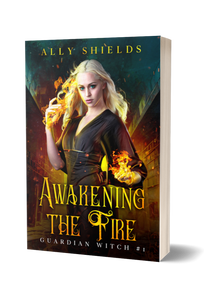
Whether you're a reader or a writer, you know a good scene when you read one. It weaves pictures and feelings into an intriguing story line. One way authors add this depth to their writing is by including the five senses—seeing, hearing, smelling, touching, tasting. It isn't automatic. Most of us write using sight and sound, sometimes use smell, rarely include touch, and almost never mention taste. I have to make a special sensory edit pass on my manuscripts to be sure I've used the senses wherever appropriate.

She entered the room and found a dead body.
Now this doesn't make the smoothest paragraph when you put it together, but I think it serves its purpose as an illustration. By the time we've added all the senses, we have a more vivid picture in our head, we know something about how the victim died, and we've learned something about the She who found the body. She is most likely a vampire, who is trying to resist her instinct to feed on human blood and who welcomes the arrival of the rescue squad.

Now, I won't even try to recreate in a photo the images the new scene has formed in your head--each if us will see it a little differently--but I'm willing to bet it includes this!
In addition to more vivid pictures, the expanded scene has slipped in several questions--all unanswered. Why is a vampire there? Why is she resisting her natural instincts? Why was the victim mutilated? Why isn't the vampire worried about being found with the body?
And that's exactly as it should be. Any scene should leave the reader wanting to turn the page to satisfy our insatiable need to know what happens next!
What senses do you as a reader or writer consider the most important? Which ones must be included in any believable scene? Please leave your comments below or find me on Twitter (@ShieldsAlly) to chat about it!
 RSS Feed
RSS Feed





